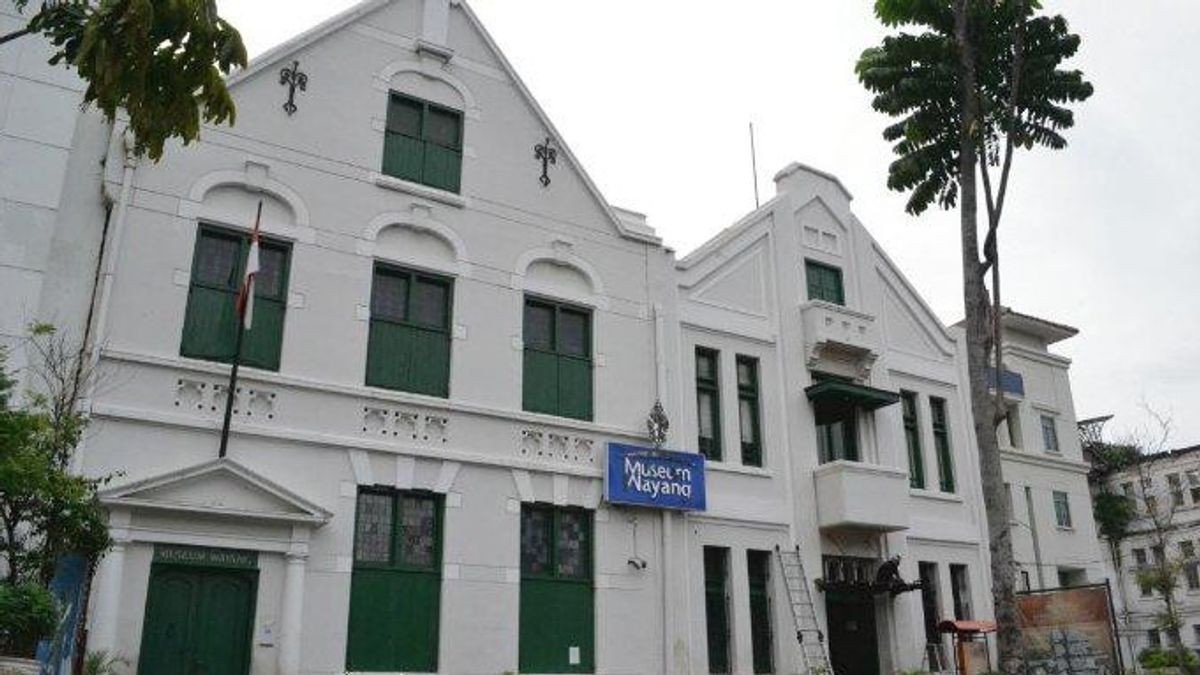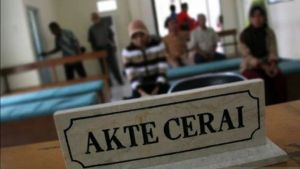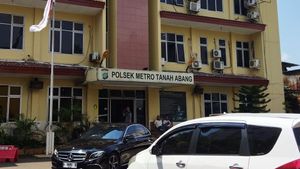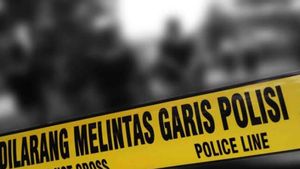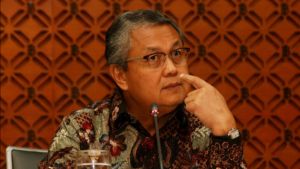JAKARTA History today, 84 years ago, December 22, 1938, the Old Batavia Museum (now: Wayang Museum) was inaugurated by the Governor General of the Dutch East Indies, Alidius Tjarda van Starkenborgh Stachouwer. The museum has a collection of diverse historical objects. From ancient objects to household furniture.
Previously, there was influence by the scientific organization Bataviasch Genootschap van Kunsten en Watenschappen behind the museum's presence. They turned the land of the former Dutch Church into an important museum.
The plague oftegers and malaria was once a frightening scourge in Batavia. The victims were piled up. The unhealthy environment of Batavia is considered a source of trouble. Moreover, the behavior of its citizens is known to be negligent in protecting the environment.
The colonial government of the Dutch East Indies also turned a brain. Every way is tried. Even if it resulted in failure in fighting the epidemic. Finally, the only option that emerged was the transfer of the center of government. The shortcut is believed to be the right step so that the wheels of the Dutch East Indies government can run without interruption.
The plan to move new government centers to take place in total during the reign of Governor General Herman Willem Daendels in 1808. He moved the center of government from Oud Batavia (Batavia Lama) to Weltevreden (now: the area around Banten Square).
However, the transfer was hampered by funds. Daendels did not run out of ideas. He immediately sold all government assets in Oud Batavia, including selling government buildings. Nieuwe Hollandse Kerk (the new Dutch church) near Stadhuis (Balaikota) was also sold for land. Meanwhile, his grave including the headstones - was transferred to Kebon Jahe Kober Cemetery in Tanah Abang. The money from the sale of the Dutch Church was then used to build a new government center.
When the VOC was disbanded (1799), the condition of De Nieuwe Hollandsche Kerk's building was severe. Limitations on funds to renovate buildings made Governor General Daendels decide to dismantle the church (1808) and eventually the land was sold in 1829.
Some of the headstones from leading families are sold. Some of them are being moved and installed on the outer and inner walls of the Kerkhof Laan code HK (Holllandsche Kerk or the Dutch Church)," said Nirwono Joga in the book Komedi Lenong: Satire Green Open Space (2007).
In the end, the land of the former Dutch Church attracted the attention of Bataviasch Genootschap. The scientific organization in Batavia bought it. They felt the location of the land was so strategic. Therefore, they then built a new building to be used as a Stedelijk Museum (Museum Kota) in 1937.
The popular museum known as Musuem Batavia Lama was finally completed. Bataviasch Genootschap then invited celebrities in Batavia to come to the inauguration of the Old Batavia Museum on December 22, 1938. Even the Governor General of the Dutch East Indies, Tjarda, who acted to inaugurate the museum.
The building was purchased (1937) by Bataviasch Genootschap van Kunsten en Watenschappen and converted into a Stadelijk Museum meaning City Museum. This museum once held collections of ancient objects, household furniture, and images from the past related to Batavia.
Previously, the collection was kept in the National Museum. This collection, which is very valuable and has not been lost since 1974, has been exhibited at the Jakarta History Museum, said historian Adolf Heuken in the book Historical Places in Jakarta (2016).
The English, Chinese, Japanese, Arabic, and French versions are automatically generated by the AI. So there may still be inaccuracies in translating, please always see Indonesian as our main language. (system supported by DigitalSiber.id)
